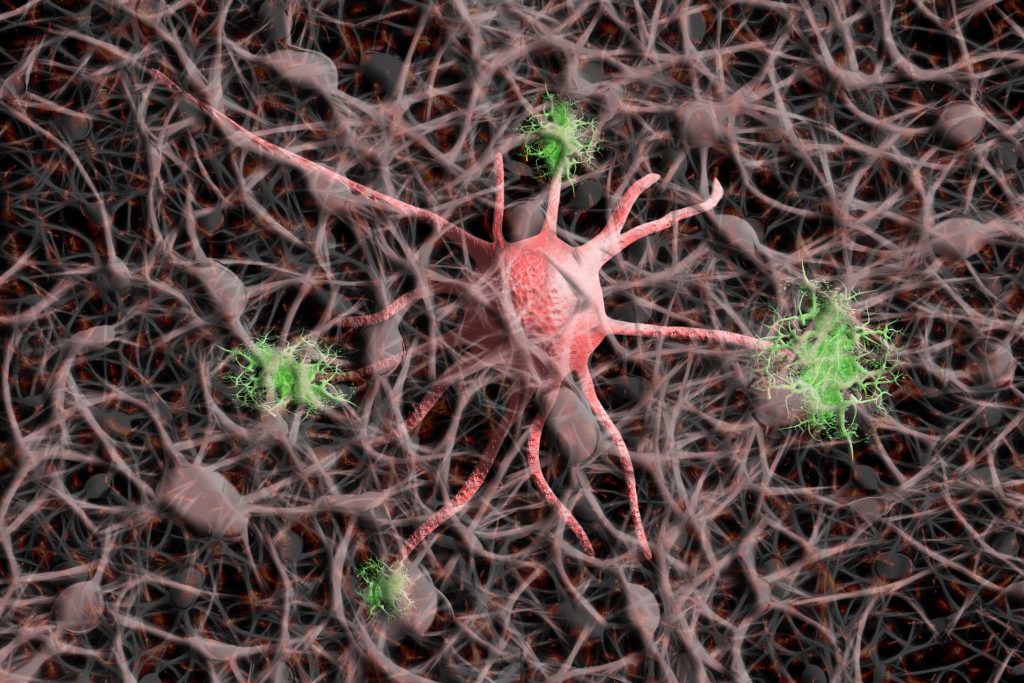
Rheumatoid Arthritis is an autoimmune disease of unknown origin that affects around 18 million people worldwide, according to World Health Organization data. It produces chronic inflammation that mainly affects the joints. In addition, it can increase the possibility of suffering heart disease by 50%, among other consequences.
A new study led by the University of Córdoba (UCO), the Maimonides Institute for Biomedical Research (IMIBIC) and the Rheumatology Department at the Reina Sofía University Hospital in Córdoba (HURS) has managed to establish, for the first time, the molecular profile of those patients with rheumatoid arthritis who have a higher risk of suffering cardiovascular events.
To this end the work carried out a detailed analysis of blood serum samples in more than 300 people suffering from this disease, in which more than 30 different molecules related mainly to oxidative stress, the alteration of immune cells, and other inflammatory ones, such as cytokines, were studied.
In this way, based on computational tools and bioinformatic techniques that compared more than ten thousand different pieces of data, the system managed to establish three different groups of patients sharing similar patterns based on all the molecular characteristics previously analyzed.
“Once we studied the clinical characteristics of each of these three groups, we came to the conclusion that, specifically, one of them was more likely to develop cardiovascular diseases,” explained Chary López-Pedrera, Principal Investigator with the “Chronic systemic-inflammatory autoimmune diseases of the musculoskeletal system and connective tissue” group. To this end, the research team analyzed different parameters associated with an increased risk of heart problems, such as hypertension, obesity amd thickening of the carotid intima-media, the two innermost layers of the artery responsible for blood supply to the brain.
In search of high-precision medicine
“We have been able to demonstrate that molecular analyses are able to stratify patients who have a particular clinical behavior, such as an increased cardiovascular risk,” explained Carlos Pérez-Sánchez, Ramón y Cajal researcher and member of the Department of Cell Biology, Physiology and Immunology at the University of Córdoba. “That we have been able to characterize this is an important result which, if validated, will allow the analysis of certain molecules to yield information about the likelihood of suffering a heart problem,” he added.
The study represents an advance towards more specific and personalized medical treatments, a result that may be possible in the future through blood tests to identify patients who, despite suffering from the same disease, have different characteristics that can be addressed therapeutically in differential ways.


